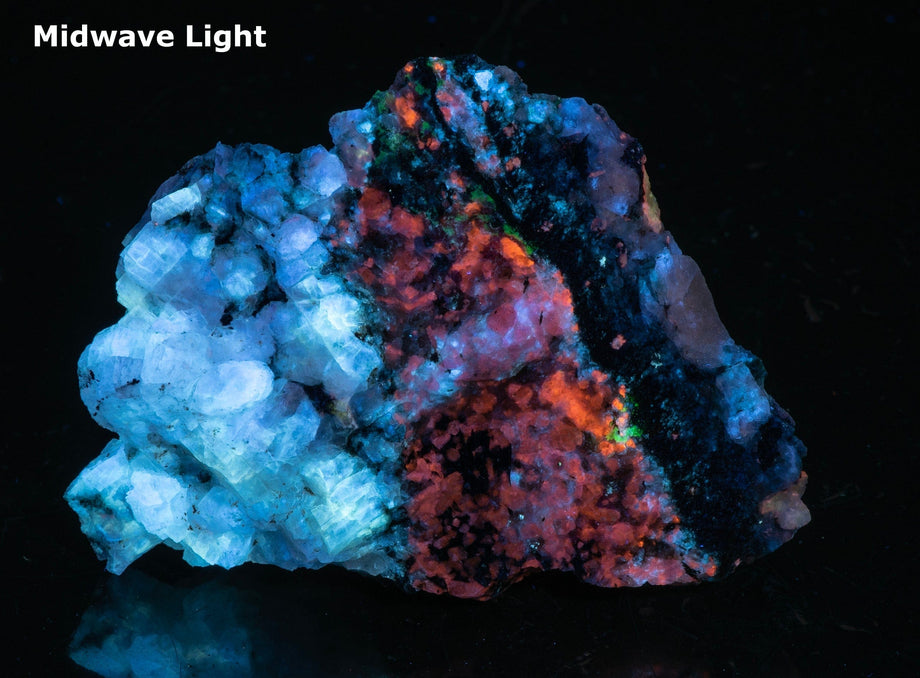
Solar energy has emerged as a promising renewable energy source, and solar panels play a crucial role in harnessing this abundant power. Behind the scenes, rare earth minerals silently contribute to the efficiency and functionality of solar panels. In this article, we will delve into the world of rare earth minerals and explore their significance in solar panel technology.
- Understanding Rare Earth Minerals:
Rare earth minerals are a group of seventeen elements, including lanthanum, cerium, neodymium, and dysprosium, among others. Despite their name, these minerals are not particularly rare in the Earth's crust. However, they are often found in low concentrations, making their extraction and refinement challenging and costly. - Rare Earth Minerals in Solar Panels:
2.1. Photovoltaic Cells:
Photovoltaic cells, the heart of solar panels, rely on rare earth minerals for their optimal performance. For instance, neodymium is a key component in the production of high-efficiency solar cells. Its magnetic properties enable the conversion of sunlight into electricity more effectively.
2.2. Thin-Film Solar Cells:
Rare earth minerals also find application in thin-film solar cells, which are flexible and lightweight. Indium, a rare earth mineral, is used in the production of transparent conductive coatings, enhancing the electrical conductivity of these cells.
- Enhancing Efficiency:
Rare earth minerals contribute to improving the efficiency of solar panels in multiple ways.
3.1. Anti-Reflective Coatings:
Lanthanum and cerium oxides are used to create anti-reflective coatings on solar panels. These coatings minimize light reflection, allowing a higher percentage of sunlight to be absorbed by the photovoltaic cells.
3.2. Magnets for Tracking Systems:
Solar panels equipped with tracking systems that follow the sun's movement require magnets for precise positioning. Neodymium and dysprosium magnets provide the necessary magnetic strength and stability, ensuring optimal solar energy capture throughout the day.
- Environmental Concerns and Recycling:
While rare earth minerals offer significant benefits to solar panel technology, their extraction and processing can have environmental implications. Mining and refining processes generate waste and can lead to soil and water pollution. However, efforts are being made to develop sustainable mining practices and improve recycling techniques to reduce the environmental impact.
Conclusion:
Rare earth minerals play a vital role in the efficiency and functionality of solar panels. From enhancing the performance of photovoltaic cells to improving energy capture and conversion, these minerals contribute to the advancement of solar energy technology. As we continue to explore renewable energy sources, it is crucial to strike a balance between harnessing the potential of rare earth minerals and minimizing their environmental impact.


